Furniture is not merely functional; it is an expression of culture, mirroring the social, economic, and aesthetic movements of its time. The evolution of furniture styles over centuries is a fascinating journey, showcasing the changing tastes, materials, and craftsmanship through different epochs. This article takes a broad look at how furniture styles have developed from ancient times through to the 21st century.
Ancient Times: Function Over Form
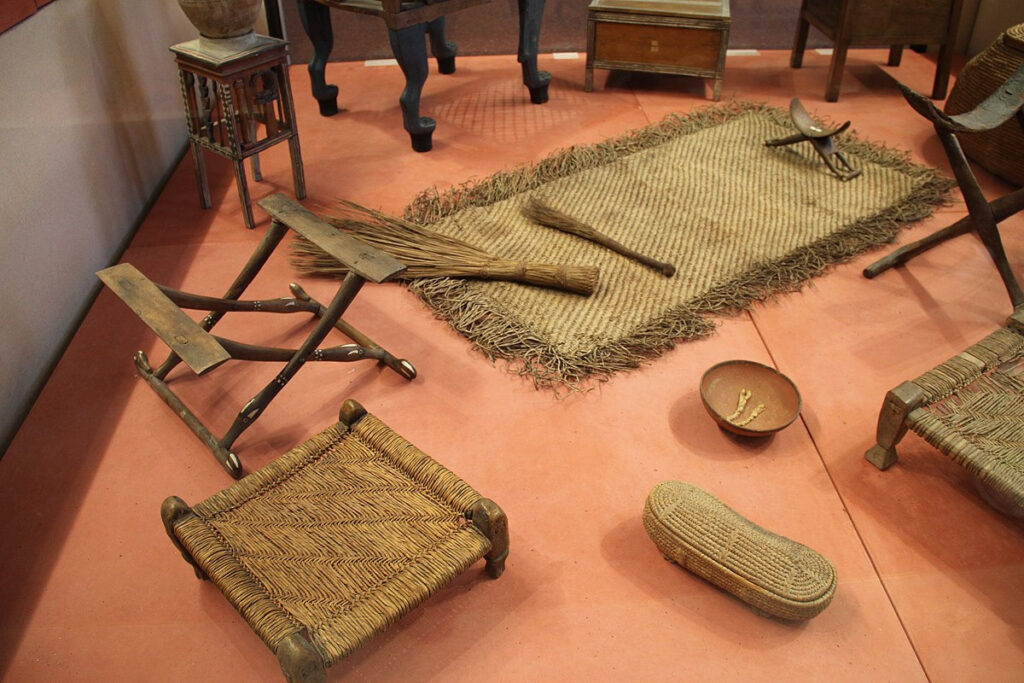
The earliest known furniture, from Ancient Egypt and Mesopotamia, was primarily functional. The wealthy Egyptians used beds, chairs, and tables made from wood and ornamented with ivory or gold. Simultaneously, in Mesopotamia, the use of metalwork became prevalent in furniture design, often featuring intricate animal motifs.
The Greeks and Romans further refined furniture design. The Romans, in particular, were known for their extravagant tastes, with couches, beds, and tables made from bronze, marble, and richly decorated wood, indicating status and wealth.
The Middle Ages: Medieval Robustness
In the Middle Ages, furniture was typically robust and designed for longevity, made from oak with simple, carved designs. Most of the furniture was portable to accommodate the nomadic lifestyles of the period. High-backed chairs, chests, and trestle tables were common. Towards the late Middle Ages, as people started leading a more settled lifestyle, furniture became more permanent, ornate, and comfortable.
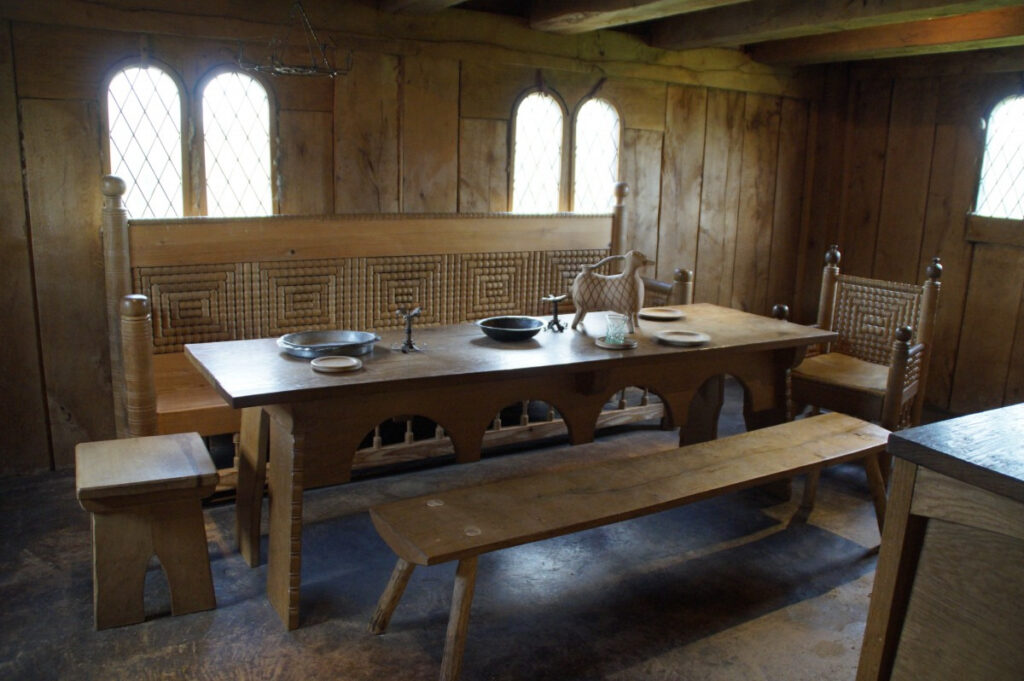
The Renaissance: An Age of Art and Learning
During the Renaissance, furniture became more artistic, reflecting the renewed interest in the classical knowledge of Rome and Greece. Inlay work, marquetry, and carving became popular techniques. Furniture like cassones (large chests) were commonly used, often painted or gilded.
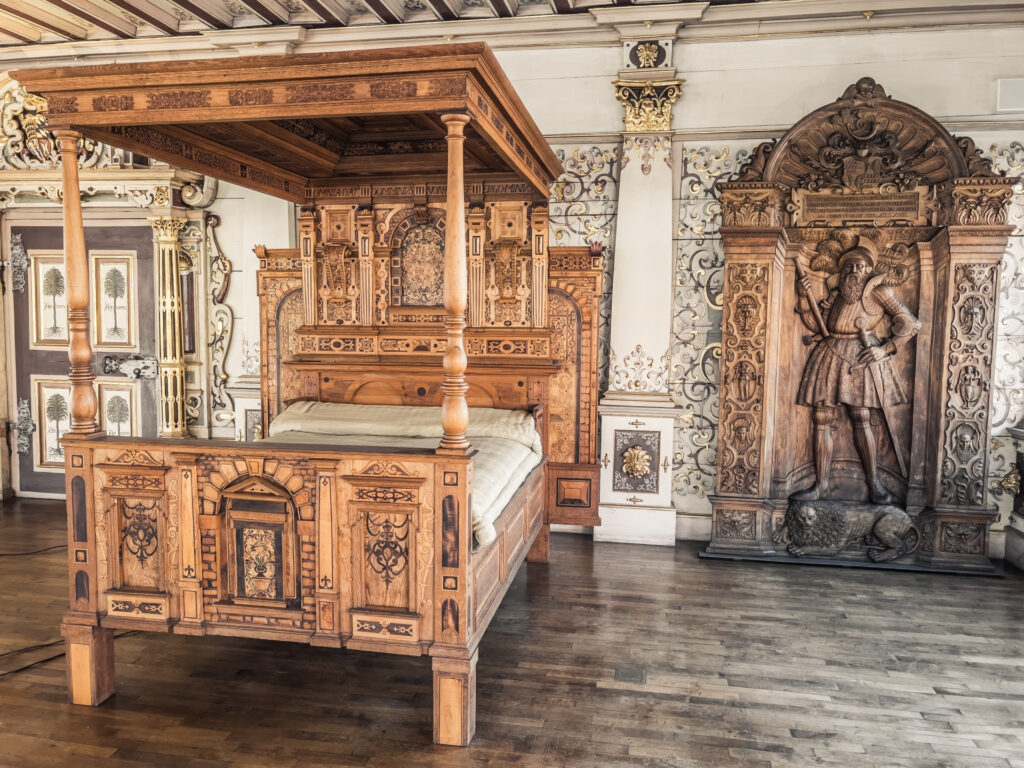
17th Century: The Baroque and Louis XIV Styles
The Baroque style dominated the 17th century. It was characterized by opulent details, dramatic curves, and high ornamentation. The French King Louis XIV’s reign saw the development of a distinct style that emphasized luxury and grandeur, featuring intricate marquetry, gilded wood, and heavy use of motifs like suns and flowers.
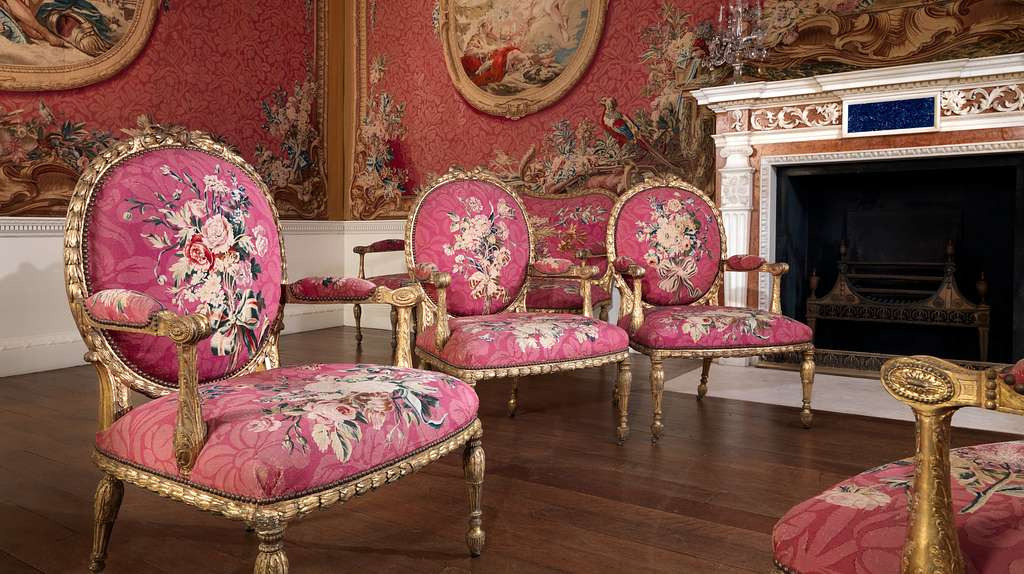
18th Century: The Rococo and Neoclassical Styles
The 18th century was a golden age for furniture design. The Rococo style, known for its lightness, elegance, and curvy shapes, was popular early in the century. As the century progressed, the Neoclassical style emerged, influenced by the archaeological discoveries of ancient Greece and Rome. Furniture became more geometric, with motifs like flutes, ribbons, and laurel wreaths.
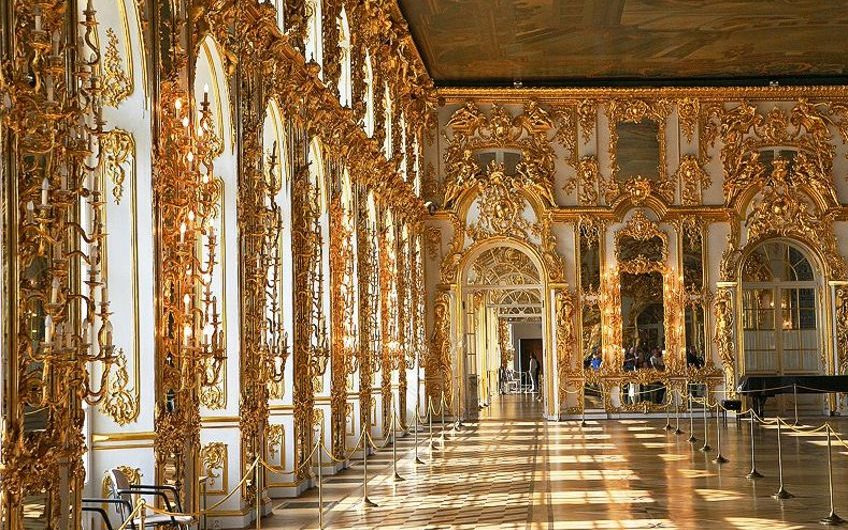
19th Century: Industrial Revolution and Revival Styles
The Industrial Revolution had a profound impact on furniture design in the 19th century. Mass production made furniture more accessible, leading to the development of many revival styles, like Gothic Revival and Rococo Revival, which echoed past eras’ aesthetics. The latter part of the century saw the Arts and Crafts movement, which emphasized traditional craftsmanship as a reaction to industrial mass production.
20th Century: Modernism and Beyond
The 20th century was marked by a move towards Modernism. The early part of the century saw the Art Nouveau and Art Deco movements, featuring stylized, geometric designs. Mid-century modern furniture, characterized by simplicity, functionality, and organic shapes, became popular in the mid-1900s.
Postmodern design emerged in the latter half of the 20th century, breaking away from modernism’s strict rules. It embraced ornamentation, color, and a mix of materials, leading to the creation of many eclectic pieces.
21st Century: Sustainable and High-Tech Furniture
The 21st century has seen a significant focus on sustainability in furniture design, with a rise in the use of recycled materials and eco-friendly manufacturing processes. Minimalist designs, with clean lines and uncluttered aesthetics, have become popular. Technological integration is another significant trend, with furniture incorporating smart features for enhanced convenience and functionality.
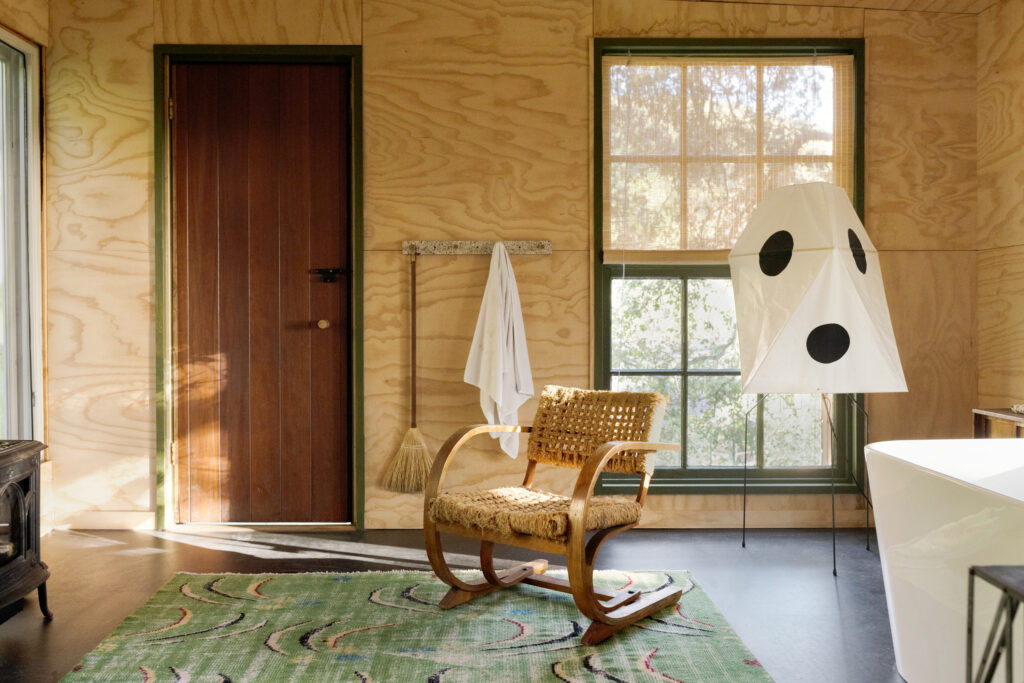
The evolution of furniture styles is a testament to human ingenuity and creativity, reflecting changing lifestyles, cultural values, and technological advancements. Today’s furniture is a rich tapestry of history and innovation, offering an almost limitless variety of styles and designs to suit every taste and need. As we continue to explore new materials, technologies, and design philosophies, the future of furniture promises to be just as diverse and exciting as its past.
About Us
At 1ST Missing Piece, we specialise in offering unique, playful, and innovative furniture online. With a focus on artisan-crafted pieces from around the globe, our mission is to transform furniture shopping into an adventurous journey of discovery. Our extensive catalogue features a diverse selection of standout furniture pieces that add comfort, delight and style to any home or workspace. Beyond functionality, our handpicked furniture collection makes a bold statement, offering lasting impressions and superior quality that sets us apart in the competitive online furniture market.
